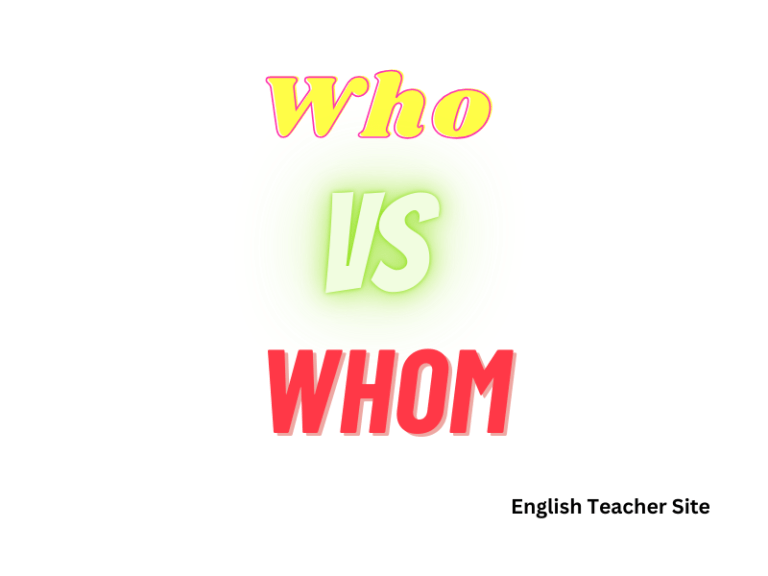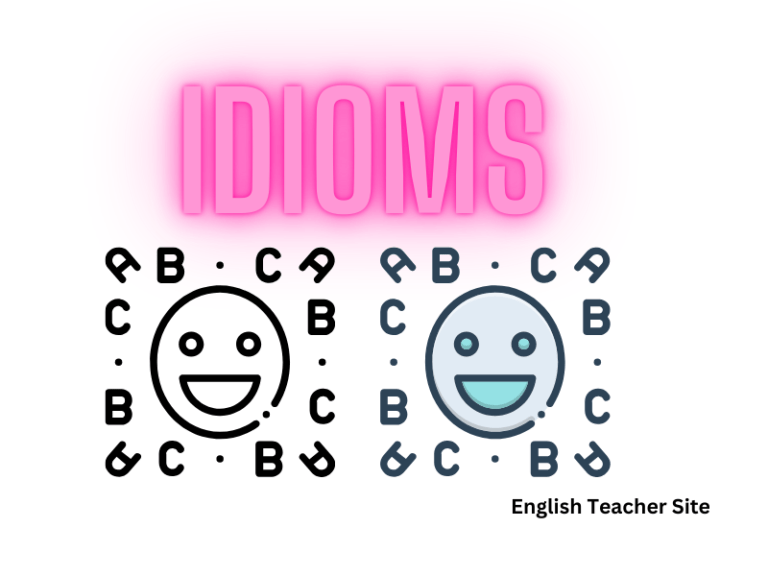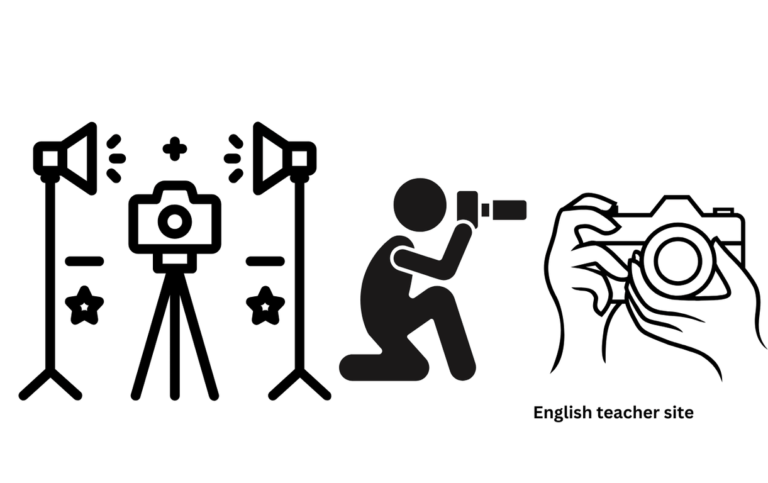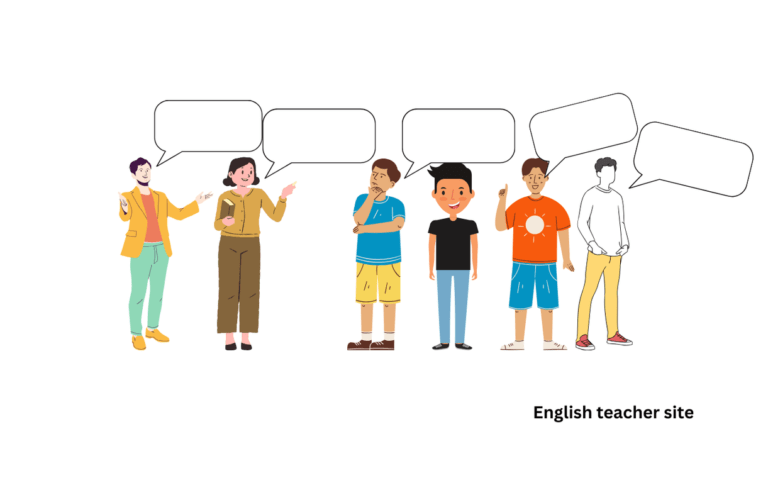Dramatic Irony Meaning Explained: Unveiling the Power of Unsuspected Knowledge

- Dramatic irony increases engagement by giving the audience insight into the story beyond the characters’ knowledge.
- It emphasizes the difference between a character’s perception and the audience’s understanding.
- This device is instrumental in creating humor, suspense, or tragedy within a story.
Dramatic irony, a term principally associated with the theatre, refers to a situation where the audience is aware of a pivotal piece of information that characters within the narrative are not. This literary device creates a divide in understanding that is utilized to enhance the emotional resonance and complexities of a narrative.
Types of Dramatic Irony
Dramatic irony has evolved to become a nuanced element in modern storytelling, enriching various narrative forms such as novels, films, and television series. Contemporary uses of dramatic irony often strive for subtlety, embedding this contrast in understanding into character interactions and plot developments.
To demonstrate the frequency and types of dramatic irony in contemporary media, consider the following tables:
Occurrences in Different Media:
| Medium | Example of Dramatic Irony Use |
|---|---|
| Literature | A protagonist is unaware of their true heritage. |
| Film | An audience knows the identity of the antagonist before the hero does. |
| Television | Viewers are privy to a secret affecting the outcome of a character’s decision. |
Common Responses to Dramatic Irony:
| Audience Reaction | Description |
|---|---|
| Suspense | Tension arises from wondering when the character will learn the truth. |
| Humor | Situations where the irony creates comical misunderstandings. |
| Frustration | The character’s ignorance may elicit a sense of exasperation. |
- Enhances suspense: The audience anticipates the moment of revelation when characters become aware of the missing information.
- Deepens emotional engagement: Knowing more than the characters can make the audience more sympathetic towards them.
- Increases complexity: The dramatic irony can add layers to the narrative, making it more intricate and engaging.
Through these strategies, dramatic irony becomes a powerful tool in shaping a story’s emotional impact, ensuring that the storyline remains compelling and thought-provoking.
Verbal Irony
- Double Entendres: A character says something with a secondary meaning only appreciated by the audience.
- Contrast Between Sayings and Meanings: Words express one thing but internally signify something else, adding layers of meaning.
Types of Verbal Irony:
| Type | Definition |
|---|---|
| Sarcasm | Verbal irony to mock or convey contempt |
| Overstatement | Exaggerating for effect |
| Understatement | Minimizing for effect |
Foreshadowing
- Hints at Future Events: Dramatic irony can hint at future events in a story, setting expectations.
- Preparing the Audience: This can prepare the audience emotionally and cognitively for what is about to unfold in the narrative.
Foreshadowing Elements:
- Subtle clues
- Ominous dialogue
- Prophetic imagery
Situational Irony
- Expectations vs. Reality: There’s a stark difference between expected outcomes and the actual situation.
- Twists: These ironic twists enrich the plot and often lead to a deeper exploration of themes and characters.
Situational Irony in Action:
- Heroes making flawed choices
- Villains experiencing a turn of fate
Table of Situational Irony:
| Expected Outcome | Actual Situation |
|---|---|
| A fire station burns down | Ironic twist of expectations |
By weaving these functions into the fabric of a story, dramatic irony serves as a powerful tool to steer the narrative and manipulate the audience’s experience. Through knowledge disparities and strategic information reveals it establishes an engaging interplay between the storyteller and their audience.
Identifying Dramatic Irony
Dramatic irony occurs when the audience possesses knowledge that the characters do not, creating a disparity between the characters’ understanding and the viewers’ insights. This literary technique enhances the audience’s engagement by providing them with a broader context that informs the characters’ actions.
Audience’s Knowledge
The audience’s comprehension is the cornerstone of dramatic irony. The audience’s awareness of the true nature of the circumstances forms the crux of this irony. When the audience knows more, it observes the characters’ decisions and communications through a different lens. Aspects of dramatic irony can be itemized as follows:
- Awareness of Future Events: The audience anticipates the future course of events which remain unknown to the characters.
- Understanding Character Motivations: The spectators grasp underlying motivations and potential consequences that elude the characters.
- Knowledge of Disguises and Deceptions: Discrepancies between appearance and reality are visible to the audience but concealed from the characters.
By understanding these elements, the audience experiences tension, humor, or sorrow as they await the characters’ realization.
My name is Khamis Maiouf. I am the creator of the English Teacher Site, dedicated to providing valuable resources and insights for students around the world. With a passion for education and a commitment to helping students enhance their skills, I aim to make English teaching more effective and enjoyable for both educators and students.






